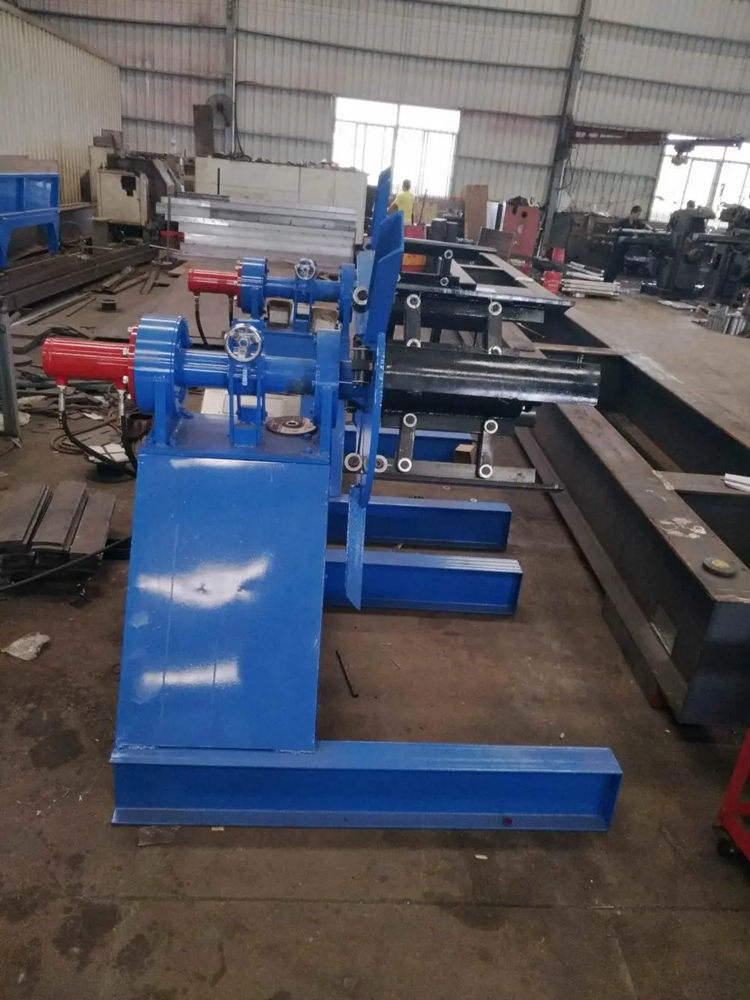The Roof Tile Production Line An Overview
The roof tile production line plays a crucial role in the construction and roofing industry, catering to the demand for durable and aesthetically pleasing roofing solutions. Roof tiles are essential not just for their functionality in protecting buildings from weather elements, but also for their contribution to the overall visual appeal of a structure. As industries evolve, the production lines have become more sophisticated, integrating advanced technology to enhance efficiency and quality.
At the heart of a roof tile production line is a series of machines that work in tandem to transform raw materials into finished products. The process begins with the selection of high-quality raw materials such as clay, concrete, or metal. These materials are then processed through various stages, including mixing, forming, and firing, to create tiles that meet specific standards of durability and design.
The mixing stage is critical, where raw materials are combined in precise ratios to ensure uniformity and strength. Next, the mixture is shaped into tiles using molds. This step can involve either extrusion or pressing, depending on the type of tile being produced. For example, clay tiles are often extruded, allowing for a continuous production process, while concrete tiles may be pressed into molds.

Once formed, the tiles undergo a drying process to remove excess moisture, which is vital for preventing defects during firing. The drying phase can be conducted through natural air drying or using controlled environments for more consistent results. Following drying, the tiles are subjected to high temperatures in a kiln. This firing process is essential, as it solidifies the tiles, enhancing their strength and durability. The firing temperature and duration are carefully monitored to produce the desired characteristics in the finished tiles.
After cooling, the tiles are inspected for quality assurance. This involves checking for any deformities, color inconsistencies, or structural weaknesses. High-quality control standards ensure that only the best products reach the market. In many modern production lines, automation and computerized systems are employed to streamline this inspection process, reducing labor costs while maintaining high accuracy.
The final stage of the production line involves packaging and distribution. Tiles are carefully packed to prevent damage during transportation. Advances in logistics and supply chain management now allow manufacturers to efficiently deliver roof tiles to various markets, enhancing their competitiveness in the industry.
In conclusion, the roof tile production line is a complex yet efficient system that transforms raw materials into essential building components. With the integration of advanced technologies and stringent quality controls, manufacturers can produce a diverse range of roof tiles that cater to varying consumer preferences and building needs. As the industry progresses, sustainability and eco-friendly practices will likely be at the forefront, shaping the future of roof tile production.